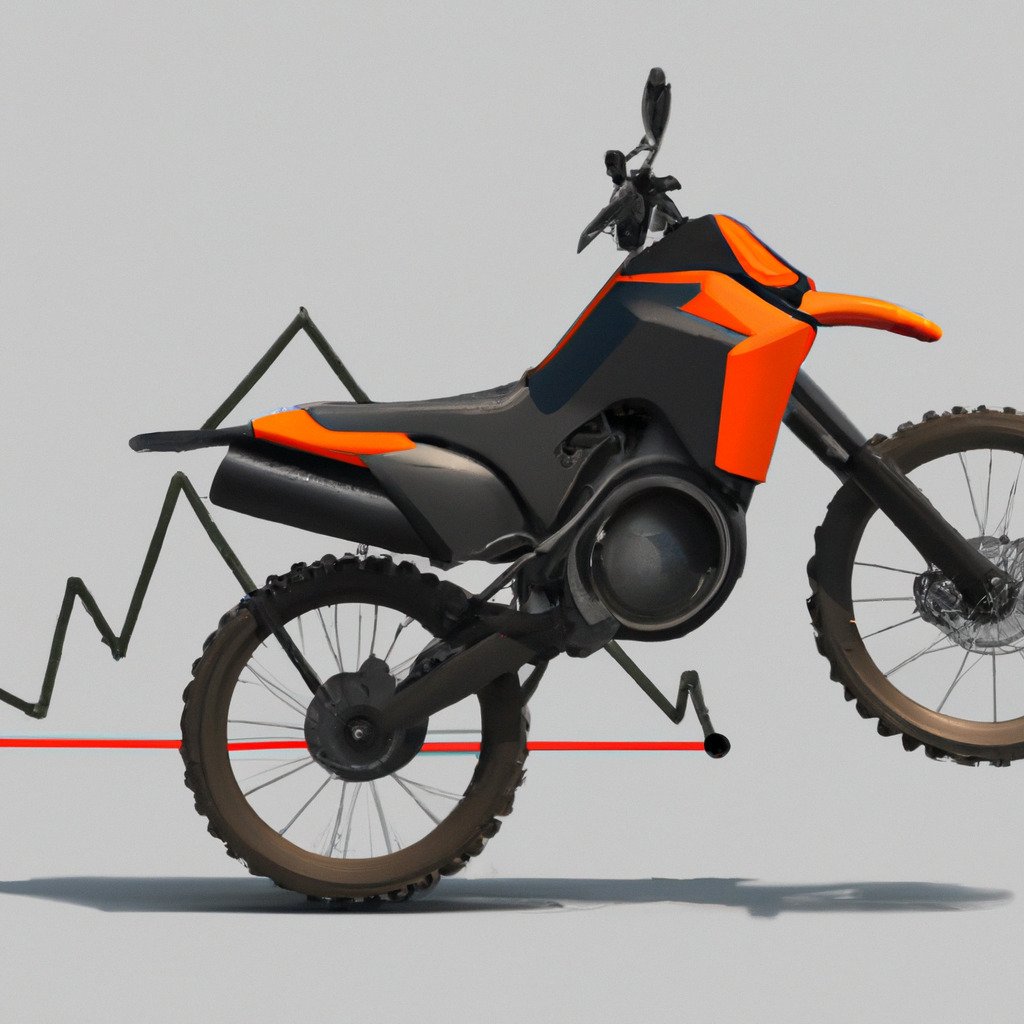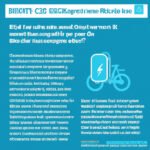
Electric dirt bikes are gaining popularity among both off-road enthusiasts and eco-conscious riders. With their quiet operation and zero emissions, these bikes offer numerous advantages over their gasoline-powered counterparts. However, like any technology, electric dirt bikes also have their drawbacks. In this article, we will explore the pros and cons of electric dirt bikes, helping you make an informed decision about whether this innovative mode of transportation is right for you. From their environmental benefits to limited range and charging infrastructure challenges, we will examine all aspects of electric dirt bikes.

Pros of Electric Dirt Bikes
Eco-friendly and Sustainable
Electric dirt bikes offer a multitude of benefits when it comes to the environment. One of the most significant advantages is their zero emissions. Unlike traditional gasoline-powered bikes, electric dirt bikes do not produce any harmful exhaust fumes or contribute to air pollution. By eliminating this source of pollution, electric dirt bikes play a crucial role in reducing our carbon footprint and preserving the quality of our environment.
In addition to zero emissions, electric dirt bikes also contribute to the preservation of natural resources. With limited reliance on fossil fuels, these bikes are far more sustainable and energy-efficient. By opting for an electric dirt bike, you’re actively participating in the conservation of valuable natural resources, ensuring a greener future for generations to come.
Quiet Operation
Another advantage of electric dirt bikes is their quiet operation. Unlike their noisy combustion engine counterparts, electric dirt bikes produce minimal noise pollution. This feature is particularly beneficial for riders who enjoy off-roading or exploring enclosed areas such as nature reserves or private land. The reduced noise levels not only contribute to a more enjoyable riding experience but also minimize the disturbance to wildlife and other outdoor enthusiasts.
Instant Torque and Power
Electric dirt bikes are known for their instant torque and power delivery. Unlike traditional bikes, which may require shifting through gears to reach the desired speed and power, electric bikes offer immediate acceleration and optimal power distribution. This instant torque allows riders to have better control and maneuverability, especially when navigating challenging terrains or executing quick turns. The seamless power delivery of electric dirt bikes enhances the overall riding experience and makes them particularly appealing to adrenaline-seeking riders.
Low Maintenance
Maintaining an electric dirt bike is considerably more straightforward compared to a traditional gasoline-powered bike. Electric motors have fewer moving parts, reducing the likelihood of mechanical failures and thus minimizing the need for frequent servicing. Unlike combustion engines that require regular oil changes and clutch adjustments, electric bikes do not need these maintenance tasks. This not only saves riders time and effort but also reduces the long-term maintenance costs associated with traditional bikes.
Cost Savings on Fuel
Electric dirt bikes provide significant cost savings when it comes to fuel. The cost of electricity per mile is substantially lower than that of gasoline, resulting in cheaper operating expenses for riders. With electric dirt bikes, riders can enjoy the thrill of off-roading without the constant need to refuel or worry about fluctuating fuel prices. Additionally, the absence of expensive petrol or premixed fuel eliminates the ongoing expense of purchasing and storing fuel, further adding to the cost savings.
Convenient Charging
Charging an electric dirt bike is incredibly convenient, especially considering the infrastructure for charging stations is rapidly developing. Many riders find it convenient to charge their bikes at home using a standard electrical outlet. This eliminates the need to search for a specific charging station and allows riders to have their bikes ready to go whenever they need them. Moreover, as public charging stations become more prevalent, riders can take advantage of these emerging infrastructure options for charging their electric dirt bikes while on the go.
Smaller Learning Curve for Beginners
For beginner riders, electric dirt bikes offer a smaller learning curve compared to their gasoline-powered counterparts. Electric bikes are typically lighter and easier to handle, allowing novice riders to gain confidence quickly. With precise power delivery, immediate acceleration, and better control, beginners can focus on developing their riding skills without being overwhelmed by the complexities of operating a traditional bike. This smoother learning curve contributes to a positive and enjoyable experience for new riders, making electric dirt bikes an ideal choice for beginners.
Reduced Emissions and Noise Pollution
One of the most prominent advantages of electric dirt bikes is their reduced emissions and noise pollution. As already discussed, these bikes produce zero emissions, contributing to a cleaner and healthier environment. By eliminating harmful exhaust fumes, electric dirt bikes play a crucial role in reducing air pollution, improving air quality, and minimizing the carbon footprint associated with off-roading. Additionally, the reduced noise pollution of electric dirt bikes not only benefits the riders but also the surrounding communities and wildlife by minimizing the disturbance caused by loud engine noises.
Versatility and Adaptability
Electric dirt bikes offer a high degree of versatility and adaptability. They are suitable for a wide range of terrains and riding styles, from recreational off-roading to competitive racing. The instant torque and power delivery of electric bikes allow riders to conquer various obstacles and navigate through challenging terrains with ease. Whether you prefer exploring trails, climbing steep hills, or hitting jumps, electric dirt bikes can handle it all. Their adaptability makes them an excellent choice for riders who enjoy versatility in their off-roading adventures.
Potential for Customization
Electric dirt bikes provide ample opportunities for customization. From the bike’s appearance to performance-enhancing modifications, riders have the ability to personalize their electric bikes according to their preferences. Many manufacturers and aftermarket companies offer a wide range of accessories that allow riders to enhance the bike’s aesthetics, add practical features, or improve performance. Whether it’s upgrading the suspension system, installing specialized tires, or customizing the bike’s bodywork, the potential for customization allows riders to make their electric dirt bike truly their own.
Cons of Electric Dirt Bikes
Limited Range and Battery Life
One of the main drawbacks of electric dirt bikes is their limited range and battery life. Due to the current limitations of battery technology, electric bikes have a shorter range compared to their gasoline counterparts. This means riders may need to be mindful of how far they can travel before needing to charge their bikes. Additionally, battery life can vary depending on factors such as riding style, terrain, and temperature. Riders who enjoy long, uninterrupted off-roading trips may find the limited range and battery life of electric dirt bikes to be a significant limitation.
Long Charging Times
Charging an electric dirt bike can be a time-consuming process, especially when compared to refueling a traditional gasoline-powered bike. While advancements in technology have reduced charging times, it still takes significantly longer to fully charge an electric dirt bike’s battery compared to filling a gas tank. Depending on the battery’s capacity and the charging method used, it can take several hours to fully charge an electric bike. This lengthy charging time may inconvenience riders who have limited time or prefer spontaneous off-roading adventures.
Higher Initial Cost
Another drawback of electric dirt bikes is their higher initial cost compared to traditional gasoline-powered bikes. Electric bikes, particularly those equipped with advanced features and technologies, tend to come with a higher price tag. The upfront cost of purchasing an electric bike may deter some riders, especially those on a tight budget or new to the sport. However, it’s essential to consider the long-term cost savings on fuel and maintenance when evaluating the overall value of an electric dirt bike.
Lack of Availability and Model Options
While the popularity of electric dirt bikes is on the rise, the availability and model options still fall short compared to traditional gasoline-powered bikes. Some riders may find it challenging to find the specific electric dirt bike they desire, especially if they have specific requirements or preferences. The limited availability and variety of electric dirt bikes may limit riders’ choices and force them to compromise on certain features or specifications. However, as the demand for electric bikes continues to grow, it’s expected that manufacturers will expand their offerings and provide more options in the future.
Decreased Power Output at High Speeds
Electric dirt bikes can experience a decrease in power output at high speeds. While they offer instant torque and power at lower speeds, some models may not maintain the same level of performance as the speed increases. This limitation mainly stems from battery technology and the associated power delivery capabilities. Riders who enjoy high-speed off-roading or racing may find this decrease in power output to be a disadvantage. However, it’s worth noting that advancements in battery technology and motor technology are continually addressing and improving this limitation.
Heavier Weight
Electric dirt bikes tend to be heavier than their gasoline-powered counterparts. The battery pack, motor, and associated components contribute to the overall weight of the bike. The additional weight may impact the bike’s handling, making it feel less agile and nimble compared to lighter traditional bikes. Riders who prioritize maneuverability and quick response times may find the heavier weight of electric dirt bikes to be a disadvantage. However, manufacturers are continuously working on reducing the weight of electric bikes through the use of innovative materials and design techniques.
Limited Off-road Infrastructure
Another challenge faced by electric dirt bike riders is the limited off-road infrastructure to accommodate their charging needs. While urban areas and major highways are increasingly adopting public charging stations, off-road trails and remote locations may lack the necessary infrastructure to support electric bike charging. This limitation may restrict riders’ access to certain off-road areas or require careful planning to ensure they have access to charging options. As the popularity of electric dirt bikes grows, it is hoped that the off-road infrastructure will expand to cater to the unique needs of electric bike riders.
Possible Difficulty in Finding Charging Stations
Finding suitable charging stations for electric dirt bikes can be problematic, especially in some rural or remote areas. While major cities and highways are gradually adopting public charging facilities, riders may face challenges when venturing further into undeveloped areas. A lack of charging stations can limit the distance riders can cover, making it necessary to plan routes carefully or consider alternative charging options such as portable chargers or generators. However, as electric vehicle infrastructure continues to develop, it’s expected that the availability of charging stations will become more widespread, further enhancing the viability of electric dirt bikes.
Battery Degradation over Time
Over time, electric bike batteries can experience degradation, resulting in a gradual reduction in performance and range. Factors such as frequent charging, extreme temperatures, and the number of charging cycles can contribute to this degradation. As the battery capacity diminishes, riders may find that their electric dirt bikes have reduced range or require more frequent charging to maintain the same level of performance. While manufacturers are continuously improving battery technology to mitigate degradation, riders should be aware of the potential long-term effects on their bike’s battery life and plan accordingly.
Potential Disposal and Recycling Challenges
The disposal and recycling of electric dirt bike batteries pose a challenge due to the materials used and their impact on the environment. Lithium-ion batteries, commonly found in electric bikes, contain elements such as lithium, cobalt, and nickel, which can have harmful effects if not properly disposed of or recycled. Riders must ensure they follow proper disposal guidelines and investigate available recycling programs to avoid contributing to environmental pollution. Additionally, there is a need for continued research and development to improve the recyclability and sustainability of electric bike batteries to address these challenges effectively.





















